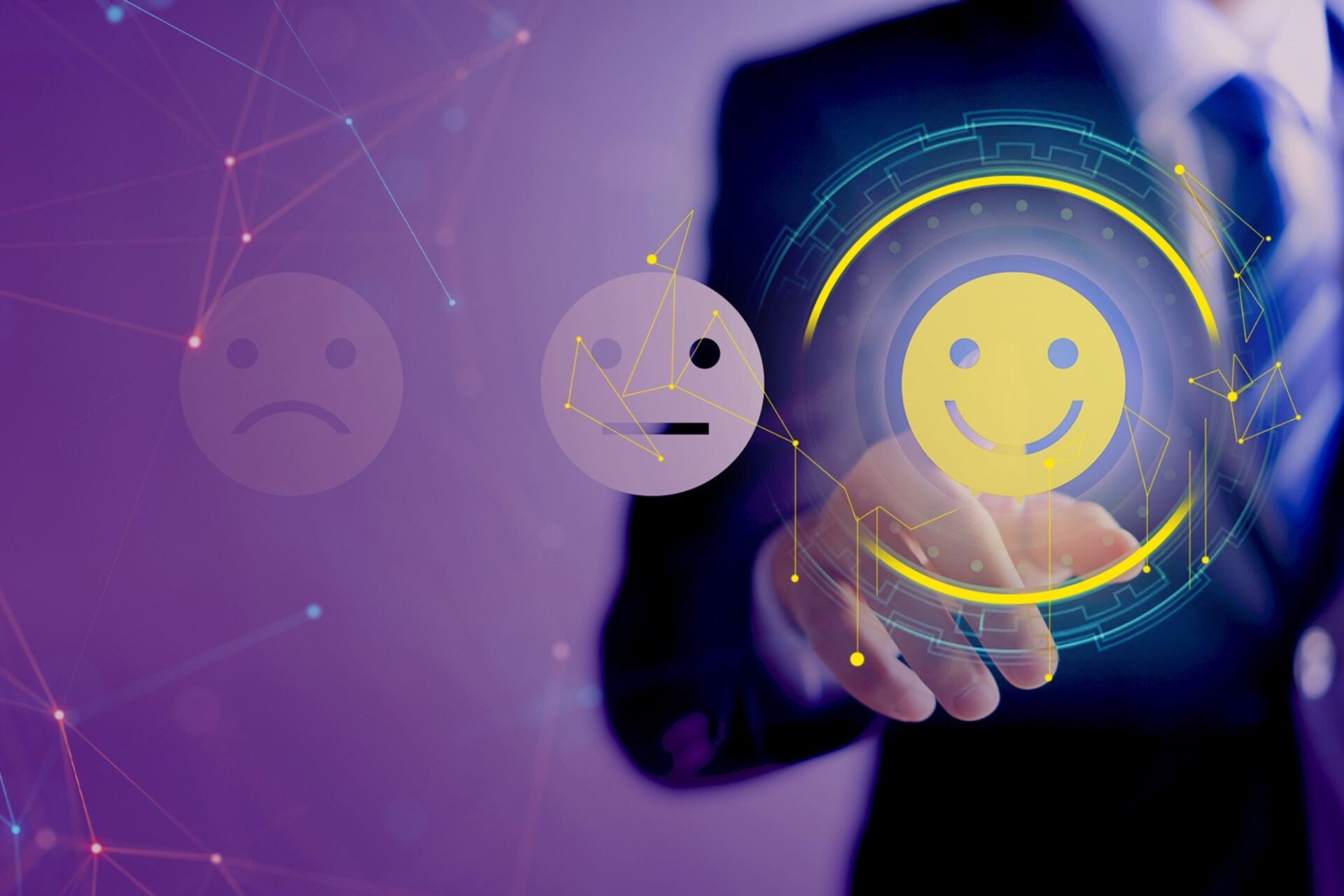Deep personalization is key
EX design uses the lens of ‘significant moments’ and ‘personas’ to envision the entire work life of an employee along with processes of an organization. It personalizes the design completely through these personas, weaving the hundreds of significant moments relevant to the persona as a digital journey. The personalization goes deeper by aligning fully with the employees’ context, needs, objectives, behaviors, and personal preferences.
Thus, instead of a generic “one size fits all” approach, the EX design is akin to a personalized work design that constantly adapts, evolves, and improves for each organization and employee. With AI entering the HR space, EX personalization is only getting further accelerated.
How AI aids a quantum jump in HR and EX
AI is revolutionizing every aspect of HR and EX. With Generative AI (Gen AI) entering the sector, CoPilots abound, and every AI dimension is evolving exponentially with tremendous business impact. While individual AI and digital dimensions are powerful by themselves, in combination, they are even more potent. Conversation AI, Natural Language Processing (NLP), Deep Learning, and Social together are an example. The combination of Gen AI, machine learning, and analytics is another.
Various AI-based tools are now impacting HR processes to provide next-gen EX. They are discussed briefly below.
Robotic Process Automation (RPA): Robotic Process Automation (RPA) goes beyond basic automation. Intelligent Bots can handle repetitive, manual, high-volume tasks and offer a wide range of use cases. This allows employees, HR personnel, and managers to dedicate their attention to more value-added activities, thereby enhancing EX. RPA has hundreds of use cases across all functions including examples such as conducting pre-employment checks, processing department changes, drafting employment contracts, payroll streamlining, administering leave, reducing exit process redundancies, enabling timesheet submissions, managing tax deductions, enrolling in benefits, and many more.
Conversational AI, chatbots, and virtual assistants: These are fairly common now and have a big impact on engagement and EX. These technologies are evolving and now going up the maturity curve to include learning capabilities beyond frequently asked questions (FAQs), such as problem-solving abilities, providing advice, incorporating NLP, handling both text and voice interactions, managing complex transactions, offering advanced features, advanced voice recognition, supporting multiple languages, conducting sentiment analysis, and many other evolving advanced features. They have the potential to reduce handling times by 50%, save a majority of processing costs, eliminate errors, maintain full auditability and 24*7 availability.
Machine learning and deep learning tools: These are self-learning technologies across machine learning methodologies like supervised, unsupervised, reinforced, and deep learning. Their use cases are in almost every process, and a few examples include enhancing employee engagement, recommending career paths, analyzing learning patterns, matching résumés to job descriptions, standardizing job roles, and targeted sourcing.
HR analytics: Deeply relevant and actionable insights with consumer grade interface dashboards enable great EX and hold relevance across every HR function. It includes adoption of intelligent and on-demand reports, dashboards, KPIs, balanced scorecards, and predictive and prescriptive analytics, alongside ETL (Extract, Transform, Load) tools, data science and big data.
Social and collaboration: As interactions within teams profoundly affect EX, organizations are using next-gen AI tools in social recruitment, learning, collaboration, internal networks, knowledge management, and immersive virtual working for hybrid and remote workers.
Gamification: This approach is being increasingly employed to enhance EX, engagement and participation. Applicability and usage examples include rewards for recognition, training, learning, recruitment, knowledge management, simulations, employee engagement, incentivization of process adherence and performance, points, badges, encouraging collaboration, leaderboards and microlearning based games.
AR/VR/XR-based immersive technologies: Immersive onboarding experience through VR and AR augmented by Gen AI is used for familiarizing candidates with culture, teams, work environment and tasks. They hold benefits in job training immersions, 3D modeling, visual overlays in process steps, allowing safe learning simulations for dangerous and complex activities, recruitment in job scenarios, workplace virtual conferencing and collaboration, AR adding dynamic digital elements to conferencing, 3D avatars, spatial audio and advanced workforce engagement systems, among others.
IoT and connected enterprise: Some examples include smart workplaces, wearables, safety management, employee health, fitness trackers, automated attendance tracking, headset simulations, bias-free hiring, sentiment tracking, and productivity analysis.
Blockchain in HR: With the potential to reshape HR technology, use cases encompass résumé validation, background verification, smart contracts, learning education repositories, cross-border payments, international assignees, intellectual property, automated claims and many more.
Apart from these, there are additional examples of process use cases in HR with AI which are causing a deep impact on EX:
Recruitment: AI tools can be used extensively in candidate relationship management, automated sourcing, talent branding, contextual search, strategic workforce planning, social and network recruiting, JD creation and updates, candidate chatbots, video interviews with auto grading, candidate skill matching, résumé parsing, effective screening and predicting candidate success.
Learning: Next-gen AI tools can be used to draw personalized learning paths, automate future skilling and reskilling recommendations, enhance continuous learning, microlearning, AR/VR/XR simulations, gamification, social learning, mobile learning, adaptive learning, curated content, intelligent learning needs analysis, AI learning coaches, learning retention, proficiency mapping, just in time learning, effectiveness measurement and assessment generators.
Talent management and marketplace: Automated identification of skill and job gaps, skill-based resource management, career insight recommendations, succession and performance analysis, real-time continuous performance feedback, bias-free evaluations, automated career pathing.
Challenges and future
With the advent of GenAI, the EX landscape is undergoing a profound transformation. Amidst the plethora of tools available, organizations must strike a delicate balance, ensuring that the fundamental human touch inherent to HR remains central, while leveraging technology to enhance it. This necessitates a nuanced approach, wherein ethical and responsible usage of AI, potential bias and fairness, safety, data privacy, compliance, transparency, trust, consent, intellectual property and security are taken into consideration.
Amid a booming influx of digital AI-based applications, integrating digital employee experience becomes pivotal for organizations to uphold their core goal: shaping an empowering and enriching employee journey. This integration goes beyond mere technological adoption; it establishes the foundation for a highly engaged, productive, and fulfilled workforce.




